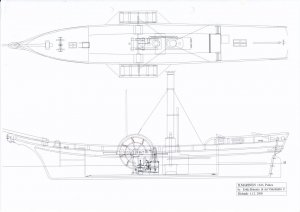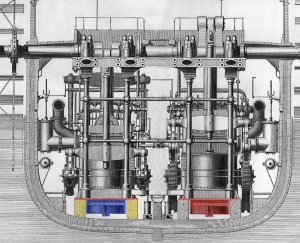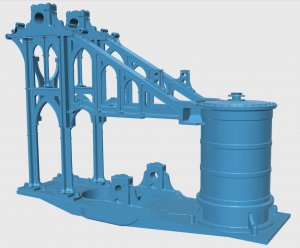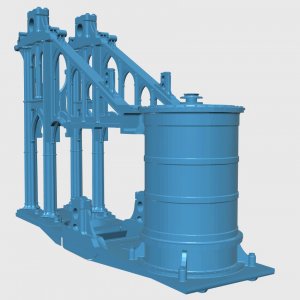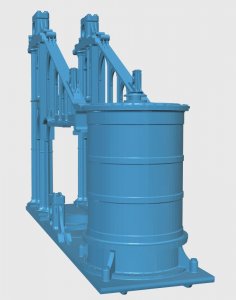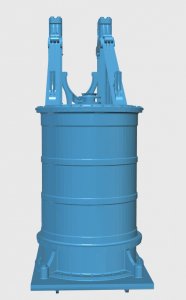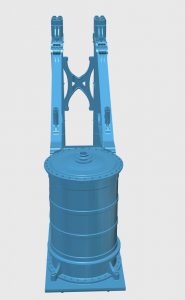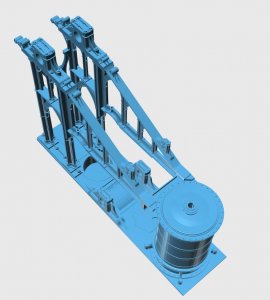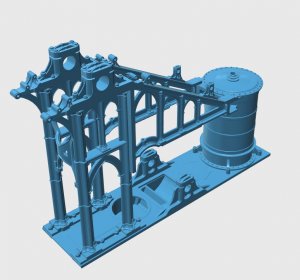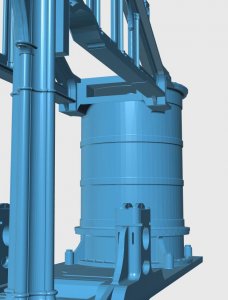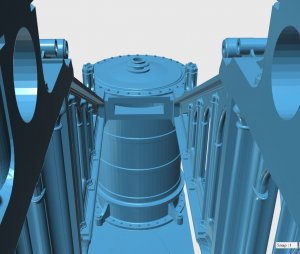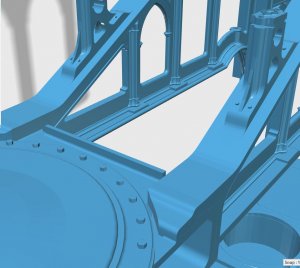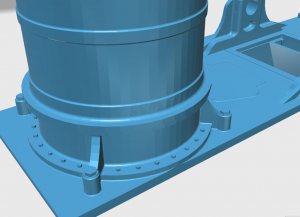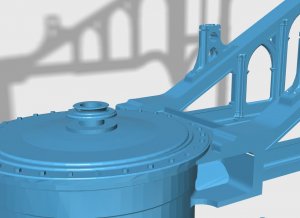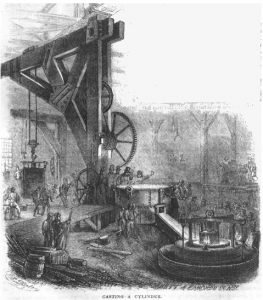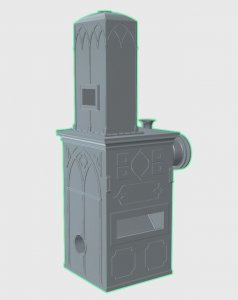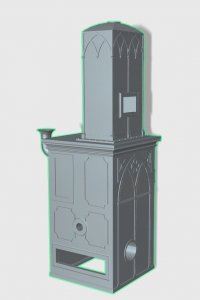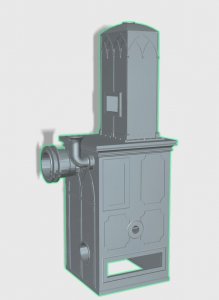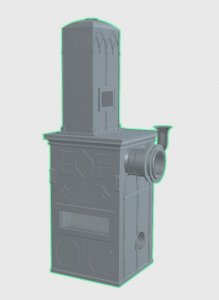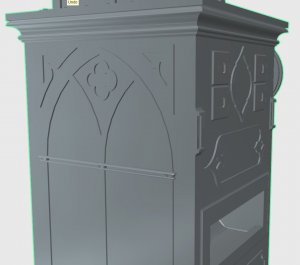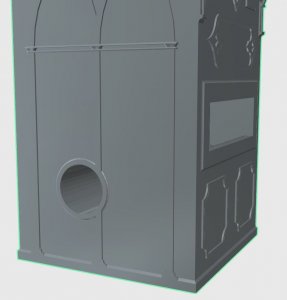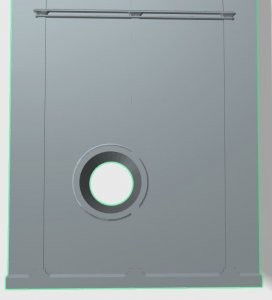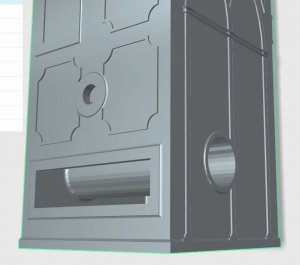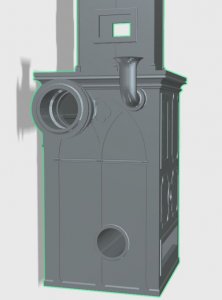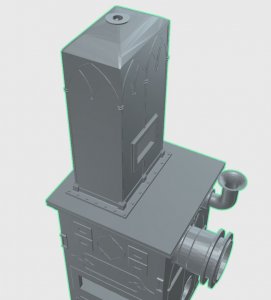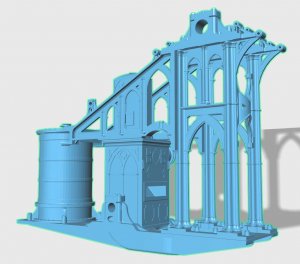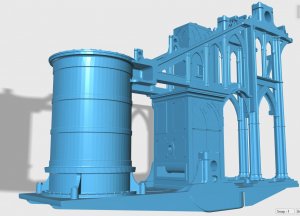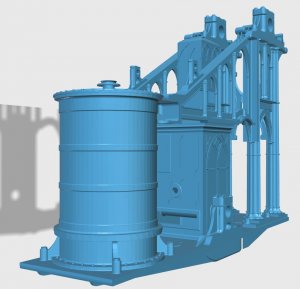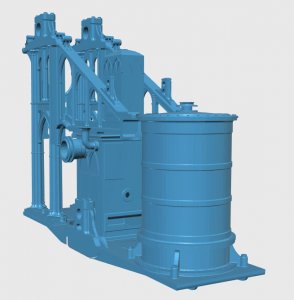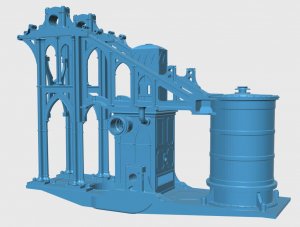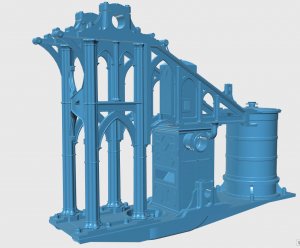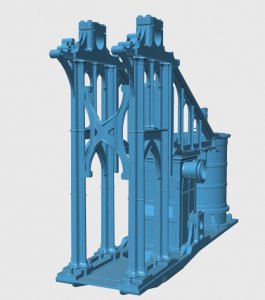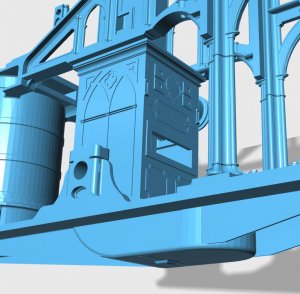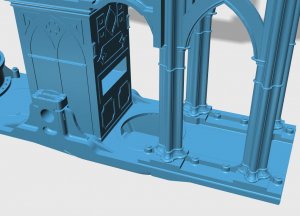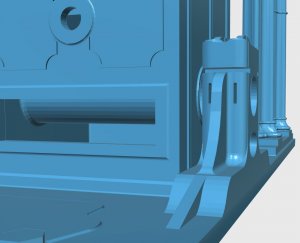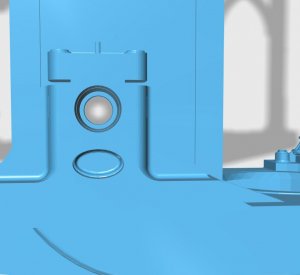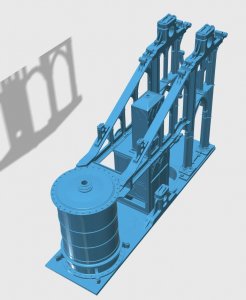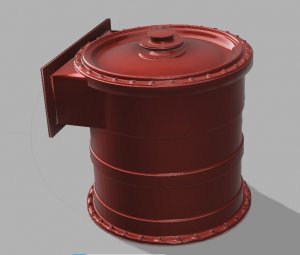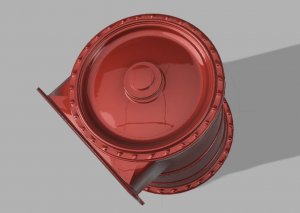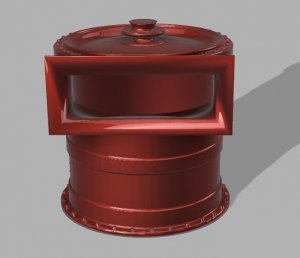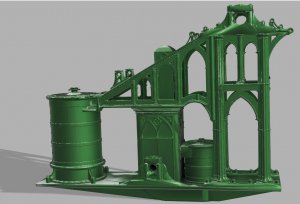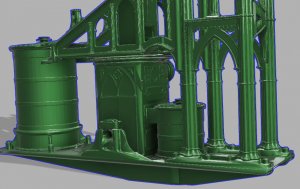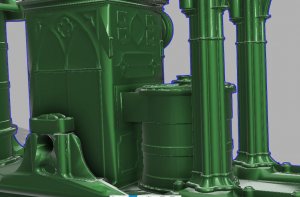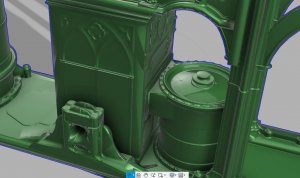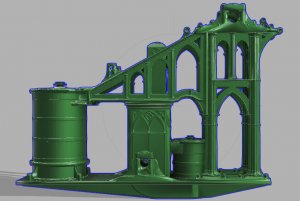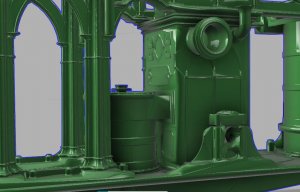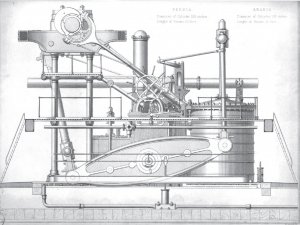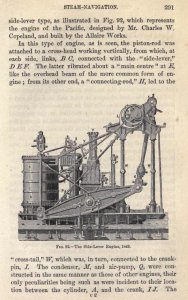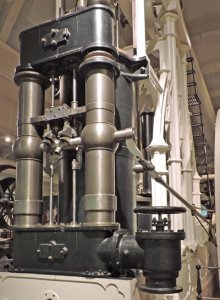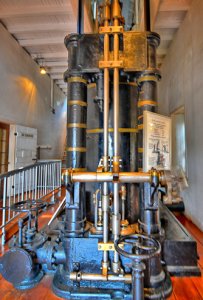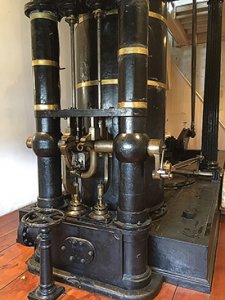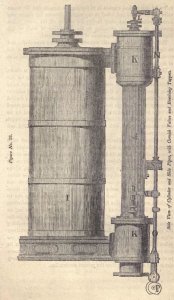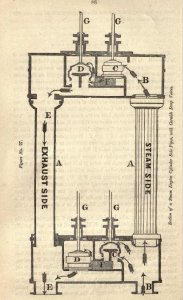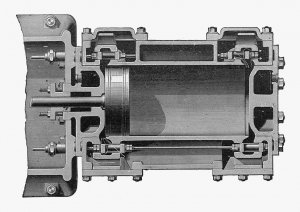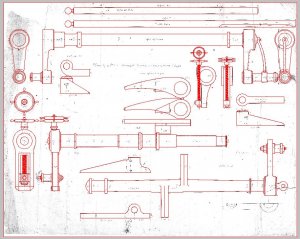Hello Dave, I have read through your postings many times in order to get more information about the things that are turning around in my mind.
A few weeks ago I was lucky enough to get my hands into very beautifully drawn drawings of a steam ship Ilmarinen, which was the first steam driven ship in Finland. That ship was a side wheeler, built in 1833 and had an interesrting side lever engine made in UK by the company Clark.
The boiler and engine are freely visible at the ship, which would make it a beautiful and interesting model. So when my present project is nearing completion, I have decided to build next this Ilmarinen in scale 1/24, which would be big enough to model also the boiler and engine with great accuracy.
The problem however is that I don't have enough information about the engine. You have shown on your previous postings that you have many books about early steam engines. I wonder if some of those books would describe better also the side lever engines, their construction and especially their function with the controlling mechanism? If yes, I would appreciate very much, if you could send that kind of information to me, as a personal message or what ever ways. Or advice me further, where to get the information I need.
My intention is to build the model powered not by steam, but with an electric motor, hidden so that it would look like it would be equipped with a working side lever engine. Also it would be very easy to build the boiler very accurately and hide inside it a smoke generator, so that the whole power train would look very realistic out.
I will include here also a drawing of the ship, where steam engine has been shown quite nicely but not with all the necessary smaller details.
